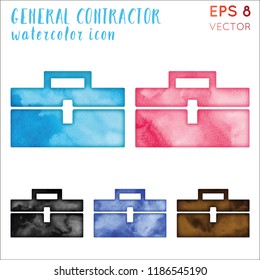Seasonal Factors In Industrial Exterior Painting: Trick Insights You Ought To Understand
Seasonal Factors In Industrial Exterior Painting: Trick Insights You Ought To Understand
Blog Article
Authored By-Regan Urquhart
When you're intending an industrial external paint task, seasonal variables can make or break your results. You'll wish to take into consideration exactly how temperature and humidity influence paint application and drying out times. Selecting the ideal period can guarantee your paint adheres properly and lasts longer. But which seasons are absolutely the very best for this sort of work? Let's discover the crucial elements that can impact your project's success.
The Effect of Temperature on Paint Application
When you're intending a business external paint task, the temperature level can significantly impact exactly how well the paint sticks and dries out.
Preferably, you want to paint when temperatures vary in between 50 ° F and 85 ° F. If it's also cold, the paint might not heal correctly, resulting in issues like peeling off or fracturing.
On the flip side, if it's as well hot, the paint can dry out also quickly, avoiding proper attachment and resulting in an irregular surface.
You need to additionally think about the moment of day; early morning or late afternoon uses cooler temperature levels, which can be extra beneficial.
Constantly examine the supplier's suggestions for the particular paint you're using, as they typically supply advice on the optimal temperature level range for optimal outcomes.
Humidity and Its Impact on Drying Times
Temperature isn't the only environmental element that influences your business outside paint task; moisture plays a considerable function as well. High moisture degrees can reduce drying out times dramatically, influencing the general quality of your paint work.
When the air is saturated with dampness, the paint takes longer to cure, which can cause concerns like poor bond and a higher risk of mold development. If you're painting on a specifically damp day, be gotten ready for extended delay times in between layers.
It's essential to keep an eye on regional weather conditions and plan accordingly. Preferably, go for moisture levels in between 40% and 70% for optimal drying out.
Maintaining these consider mind ensures your task remains on track and supplies a long-term coating.
Best Seasons for Commercial Exterior Paint Projects
What's the most effective time of year for your industrial external painting projects?
Spring and early fall are generally your best options. During these periods, temperature levels are moderate, and humidity degrees are usually lower, producing perfect conditions for paint application and drying out.
Avoid summer's intense heat, which can trigger paint to completely dry as well promptly, causing poor adhesion and coating. In a similar way, wintertime's chilly temperatures can hinder appropriate drying out and treating, running the risk of the longevity of your paint job.
Go for days with temperature levels between 50 ° F and 85 ° F for optimal results. Keep in same colour ceiling and walls to check the neighborhood weather report for rainfall, as damp problems can spoil your job.
linked website around these elements guarantees your painting task runs smoothly and lasts much longer.
Conclusion
To conclude, planning your business exterior painting projects around seasonal considerations can make a considerable distinction in the outcome. By scheduling job during the suitable temperature levels and moisture degrees, you'll make sure better attachment and drying out times. Keep in mind to keep an eye on neighborhood weather forecasts and select the correct time of year-- spring and very early loss are your best choices. Taking https://www.forbes.com/home-improvement/painting/how-long-does-paint-last/ will certainly help you accomplish a sturdy and professional surface that lasts.
